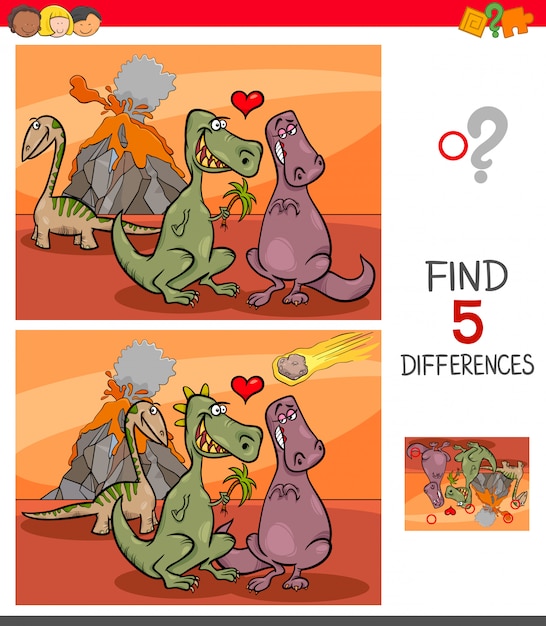Dinosaur Facts – Uncovering the Mysteries of the Prehistoric Giants

Dinosaurs roamed the Earth millions of years ago.
The largest dinosaur ever discovered was the Argentinosaurus, weighing around 100 tons.
The smallest dinosaur known to man is the Microraptor, about the size of a chicken.
Dinosaurs were not the only creatures living during the Mesozoic Era; there were also flying reptiles called pterosaurs.
The most famous dinosaur is undoubtedly the Tyrannosaurus rex, also known as the T-rex.
Dinosaurs were not green or brown; their colors varied greatly, just like modern animals.
Some dinosaurs had feathers, making them more closely related to birds than previously thought.
The study of dinosaurs is called paleontology.
The word dinosaur means terrible lizard.
Not all dinosaurs were huge; some were as small as turkeys.
The fastest dinosaur was the Velociraptor, capable of running up to speeds of 40 miles per hour.
Dinosaurs lived on every continent, including Antarctica.
The first dinosaur bone was discovered in 1676, but it was mistaken for the remains of a biblical giant.
Some dinosaurs were herbivores, while others were carnivores.
The Triceratops had the largest skull of any land animal, measuring about 7 feet long.
The longest neck of any dinosaur belongs to the Mamenchisaurus, which measured about 46 feet long.
The Stegosaurus had plates on its back, which some scientists believe may have been used for display rather than defense.
Dinosaur Facts – Uncovering the Mysteries of the Prehistoric Giants part 2
Some dinosaurs, like the Ankylosaurus, had armored plates covering their bodies for protection.
The Brachiosaurus was one of the tallest dinosaurs, with its neck reaching up to 30 feet in the air.
Dinosaurs laid eggs, much like today’s reptiles and birds.
The study of dinosaur footprints is called ichnology.
The Dilophosaurus had a pair of crests on its head that scientists believe were used for display and recognition.
The longest dinosaur ever discovered is the Seismosaurus, measuring about 150 feet long.
The Velociraptor had a retractable claw on its second toe, similar to modern cats.
The Stegoceras had a thick skull that it used for head-butting other dinosaurs.
Some dinosaurs, like the Brachiosaurus, had nostrils on top of their heads to help them breathe while partially submerged in water.
The Oviraptor means egg thief, but scientists have since discovered that it was actually protecting its own eggs.
Dinosaurs lived during the Mesozoic Era, which is divided into three periods: the Triassic, Jurassic, and Cretaceous.
Many dinosaurs traveled in herds, including the Maiasaura, which means good mother lizard because it was found surrounded by nests of eggs.
The Albertosaurus was a close relative of the T-rex and lived at the same time.
Some dinosaurs, such as the Deinocheirus, had such long arms that scientists initially mistook their limb fossils for those of a large turtle.
The Spinosaurus had a sail-like fin on its back, which is thought to have helped regulate its body temperature.
The Iguanodon was the second dinosaur ever discovered, with its fossils dating back to 18
Some dinosaurs, like the Troodon, had larger brains relative to their body size than most other dinosaurs.
The Therizinosaurus had the longest claws of any known dinosaur, measuring up to three feet in length.
The Allosaurus was one of the largest carnivorous dinosaurs, measuring up to 39 feet long.
Some dinosaurs had unusual physical adaptations, such as the Anomalocaris, which had a set of large, grasping appendages near its mouth.
The Triceratops had the ability to charge at enemies with its three-horned head, making it a formidable herbivore.
The Brontosaurus may not have actually existed; it was later discovered that the fossils originally identified as a new species were actually a different genus.
Scientists believe that a large asteroid impact caused the extinction of dinosaurs 65 million years ago.
Some dinosaurs, like the Theropods, are thought to be the ancestors of modern-day birds.
The Carnotaurus had extremely short arms, even shorter than those of the T-rex.
The Dromaeosaurus had a sickle-shaped claw on each foot, which it likely used for hunting and climbing.
Some dinosaurs, like the Diplodocus, had whip-like tails that they could use as a defense mechanism against predators.
The Iguanodon was the first dinosaur to be assigned its own name, which means iguana tooth.